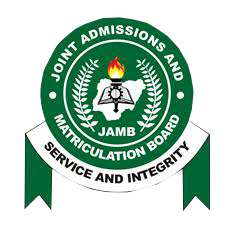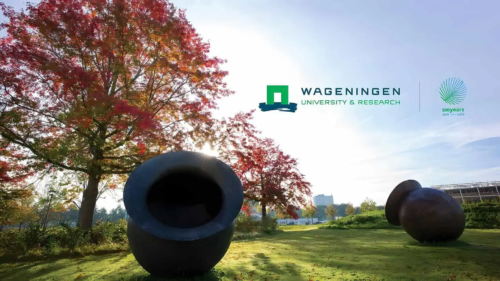Commerce Keypoints; Meaning/Features/Functions Of Commerce; The trade of products and services between people, businesses, and nations is referred to as commerce. It includes a broad variety of activities such as the creation, promotion, transfer, and consumption of goods and services. Understanding the numerous procedures involved in these activities, such as the movement of goods and services, the function of money, and the variables affecting the demand and supply of products and services, is the main goal of the study of commerce.
HAVE YOU USED OUR JAMB TOOL YET? IT PROVIDES YOUR JAMB COMBINATION FOR FREE
Definition Of Commerce
The study of commerce focuses on the exchange of products and services between people, businesses, and nations. It includes a broad variety of activities such as the creation, promotion, transfer, and consumption of goods and services.
By giving people and organizations the resources and information they need to make wise choices regarding the exchange of goods and services, commerce ultimately aims to assist the expansion and development of enterprises and economies.
Scope Of Commerce
Along with other closely connected disciplines, the study of commerce also includes business operations, management, marketing, and economics. It aims to offer a thorough grasp of the various elements, including customer behavior, market trends, and economic situations, that have an impact on business operations.
The scope of commerce covers several sub-disciplines, including:
- Marketing: This involves the study of consumer behavior, market research, product design, and promotion.
- Accounting: This involves the recording, analysis, and interpretation of financial transactions.
- Finance: This involves the management of financial resources and the assessment of financial risks.
- Business Management: This involves the study of business strategies, organization, and administration.
- Economics: This involves the study of the behavior of individuals and organizations in making decisions about the allocation of resources.
- Information Technology: This involves the use of technology to support and improve commercial activities.
- International Business: This involves the study of business practices in an international context, including the impact of cultural differences and global economic trends.
Features Of Commerce
The characteristics of commerce are as follows:
- Exchange of Goods and Services: Commerce is primarily concerned with the exchange of goods and services between individuals, organizations, and countries.
- Voluntary: Commerce involves voluntary transactions between parties. Both the buyer and the seller must agree on the terms of the exchange.
- Profit Motive: Commerce is driven by the pursuit of profit, with businesses seeking to generate revenue through the sale of goods and services.
- Competition: Commerce operates in a competitive environment, with businesses vying for customers and market share.
- Interdependence: Commerce relies on the interdependence between parties, with businesses and individuals relying on each other for goods, services, and information.
- Dynamic: Commerce is constantly evolving, with new technologies, products, and markets emerging over time.
- Global: Commerce is a global phenomenon, with goods and services flowing across borders and businesses operating in multiple countries.
- Regulation: Commerce is regulated by governments and international organizations, which set rules and standards to ensure fairness and efficiency in commercial transactions.
Functions Of Commerce
The functions of commerce are as follows:
- Production: Commerce facilitates the production of goods and services, by bringing together the resources needed to produce and distribute products.
- Marketing: Commerce helps to match the supply of goods and services with the demand for them, through the use of marketing techniques such as advertising, pricing, and product design.
- Distribution: Commerce enables the movement of goods and services from producers to consumers, through the use of transportation, warehousing, and other distribution channels.
- Pricing: Commerce determines the prices of goods and services, based on supply and demand, costs, and competition.
- Financing: Commerce provides the financing needed to support the production and distribution of goods and services, through the use of loans, investments, and other financial instruments.
- Payment and Settlement: Commerce facilitates the exchange of payment for goods and services, through the use of money and other forms of payment.
- Risk Management: Through the use of insurance, hedging, and other risk management strategies, commerce assists businesses and people in managing the risks associated with business transactions.
- Innovation: Commerce drives innovation, by providing incentives for businesses to develop new and improved products, processes, and technologies.
- Growth and Development: Through the facilitation of the exchange of products and services, the promotion of innovation, and the stimulation of investment, commerce fosters the expansion and development of enterprises and economies.








